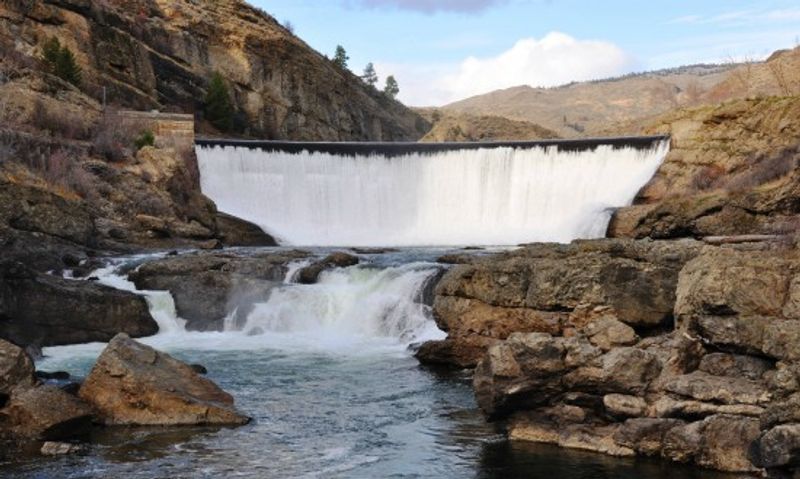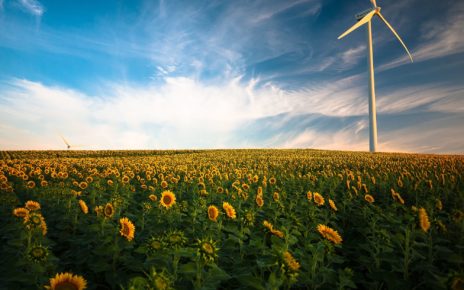-
- Written by Dave Helgeson
- Do you have a student(s) studying Washington State history remotely from home? Looking to get them and yourself out of the house for an RV weekend getaway? Then head to the Similkameen River in north central Washington where students can get a first hand history lesson, explore historic sites, and maybe find a little gold while camping amongst it all.
Gold! No other word has played more significance in the development of the western United States. It has spawned the building of railroads, boomtowns and provided the capital to bore mines deep into the earth along with the supporting infrastructure. The discovery of gold over one hundred fifty years ago along the banks of the Similkameen River was no exception.
Gold was first discovered in 1859 along the banks of the Similkameen River by crews surveying the boundary between the United States and Canada. By 1865, some 3,000 miners had converged on a section on the Similkameen River known as Rich Bar. Okanogan Smith, an agent for Wells Fargo & Company, recorded $600,000 in placer gold being shipped during the first 60 days of the rush at Rich Bar, all recovered from a four acre stretch of river.
However, hard rock mining did not initially take hold in the district due to a recently established Indian reservation and a lack of an efficient method of transportation to ship the ore. That all changed in 1886 when the Indian reservation was open to settlers and the rush to stake lode claims commenced throughout the area. Not only were gold lode claims discovered, but other precious metals as well. Wagon roads and rail lines soon followed to transport mining supplies and ore.
Mining continued well into the early 20th century before dwindling out in the 1950’s. However, there is plenty of historical remnants to tell the story to students and gold left to interest any curious child (adults too), so let’s take a journey along the golden Similkameen.
The town of Oroville is where you will find the beginning of the Similkameen River, so it is only natural to start your visit here. It is also a good place to fuel up and purchase supplies as there are no other services up stream. While in town, check out the murals depicting the history of the area.
Oroville was first settled in the late 1850s and was known as “rag town”. In 1892, the name of the settlement was appropriately changed to Oro, (the Spanish word for gold) in recognition of the surrounding gold mines, in an attempt to attract prospectors and merchants. The United States Postal Service rejected the name “Oro”, because there was already a town named “Oso” in Washington State, so in 1909 the name Oroville was adopted.



